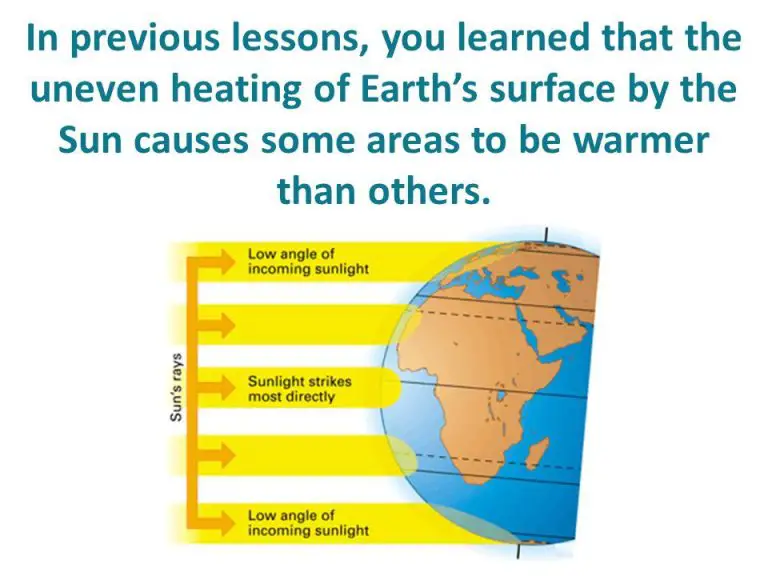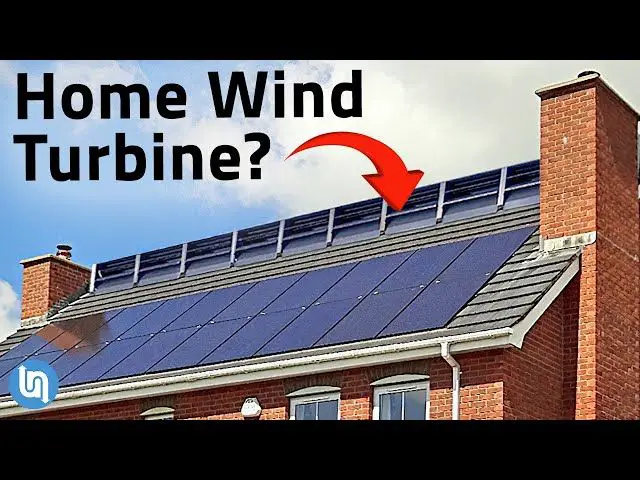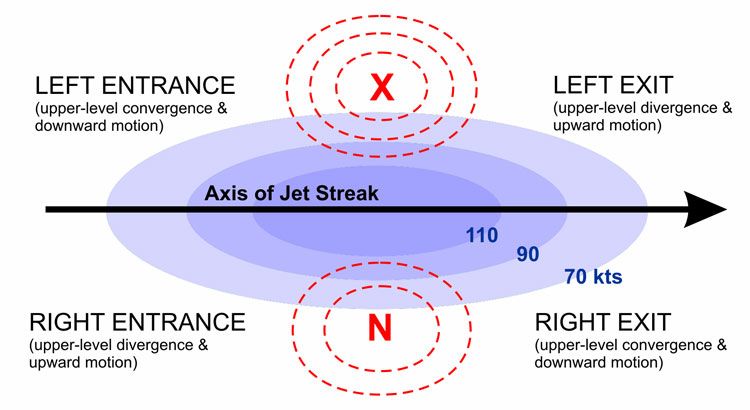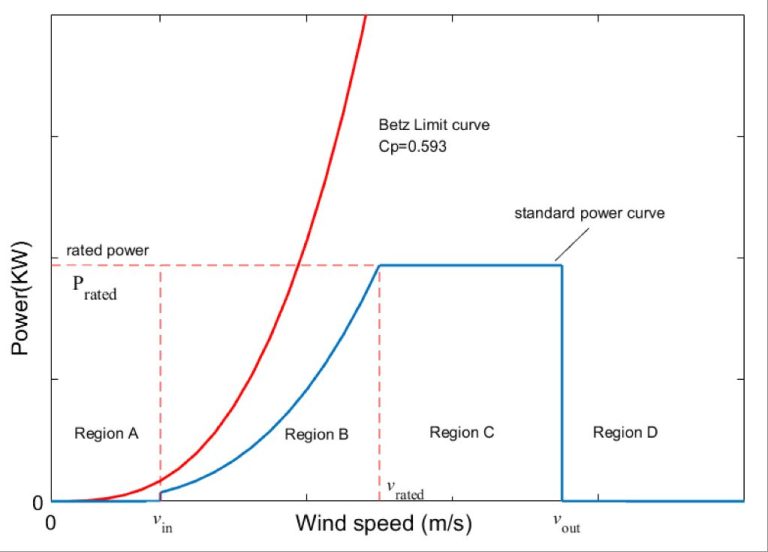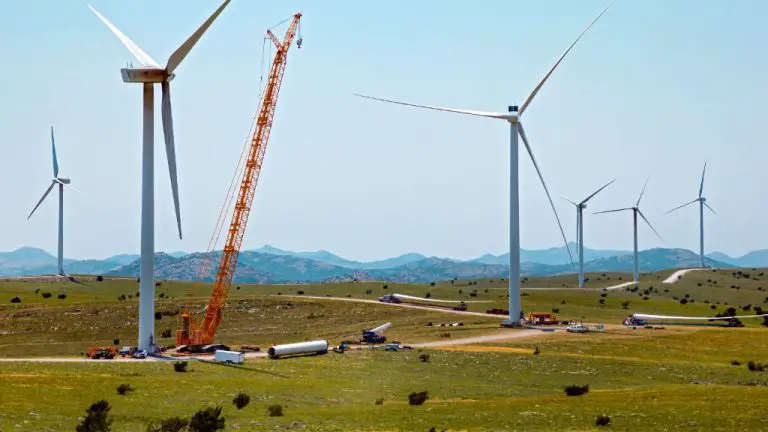How Can Humans Use Wind Energy?
Wind energy refers to the process of harnessing the wind to generate electricity or mechanical power. Wind is an abundant, renewable energy source that can help reduce greenhouse gas emissions and diversify energy supply. As climate change continues to threaten the planet, transitioning to renewable energy sources like wind is crucial for building a sustainable future.
Wind power offers several benefits that make it an important part of the world’s transition to clean energy. First, wind turbines produce no air or water pollution because no fuels are burned. Second, wind energy is plentiful and inexhaustible. Winds blow all over the world, providing a stable supply of energy. Additionally, wind power brings economic advantages by stimulating local economies and creating jobs.
While wind only provided around 6% of total U.S. electricity generation in 2020, it has huge potential for growth. The Department of Energy has set a goal for wind to provide 20% of U.S. electricity by 2030. Realizing the immense possibilities of wind power will require expanding wind farms, improving turbine efficiency, investing in transmission lines, and increasing energy storage capacity. With the right policies, innovation, and commitment, wind can become a major pillar of a clean energy economy.
History of Wind Energy
People have been harnessing the power of the wind for thousands of years. The first known use of wind energy dates back over 5,000 years to ancient Egypt, where sails were first used on the Nile River as early as 3,100 B.C. Sails allowed boats to move upriver, revolutionizing transport and trade. Windmills were later developed to automate the tasks of grain-grinding and water-pumping, and the earliest known design was the vertical axis system developed in Persia around 500-900 A.D. Horizontal windmills originated in northwestern Europe during the Middle Ages for grinding grain and draining wetlands. The Dutch refined the windmill and adapted it for sawmilling and pumping water out of lowlands.
Wind power was also used extensively for navigation by sailing ships and played a key role in European exploration and trade growth starting in the 15th century. While steam engines largely replaced wind for industrial uses by the late 19th century, small windmills continued being used on farms while larger utility-scale wind turbines were later developed for electricity generation, especially in Denmark.
Modern Wind Turbines
Modern wind turbines utilize advanced aerodynamic principles and materials to efficiently capture the kinetic energy in wind and convert it into electricity. The key components are:
- Blades – The aerodynamic blades capture the wind energy. They are made of composite materials like fiberglass reinforced plastics and engineered for maximum efficiency.
- Gearbox – Connected to the rotor, the gearbox increases the slow rotational speed of the blades to the high speeds required by the generator.
- Generator – The electrical generator uses electromagnetic induction to convert the rotational energy into electrical energy. Common types are asynchronous generators and permanent magnet synchronous generators.
- Nacelle – The nacelle houses all the generating components in a weatherproof casing atop the tower.
- Tower – Tall tubular towers raise the nacelle and rotor into stronger winds at higher altitudes. Towers are made of tubular steel, concrete, or steel lattices.
- Yaw System – The yaw system actively turns the nacelle and rotor into the wind as wind direction changes.
Modern utility-scale wind turbines can have power ratings from 250 kW to 5 MW. Components are controlled electronically to operate the turbine at maximum efficiency. In general, larger wind turbines can produce electricity more cheaply than smaller turbines.
Onshore vs Offshore Wind Farms
Wind farms can be built on land (onshore) or offshore in bodies of water like oceans, lakes, and rivers. There are advantages and disadvantages to both onshore and offshore wind farms.
Onshore Wind Farms
Onshore wind farms are located on land, usually in rural or agricultural areas. Some of the advantages of onshore wind farms include:
- Lower costs – It is generally less expensive to build and maintain wind turbines on land versus offshore.
- Easier access for construction and maintenance – Onshore turbines are more accessible for workers and equipment needed for construction and ongoing maintenance.
- Established technology – Onshore wind energy is a more mature technology with a longer track record.
Some of the disadvantages of onshore wind farms include:
- Visual impact – Some people find tall wind turbines to be visually unappealing.
- Noise – Wind turbines can generate noise that disturbs nearby residents.
- Land use conflicts – Wind projects sometimes face opposition from local communities over land use.
- Environmental impact – Wind projects can affect local wildlife, habitats, and vegetation.
Offshore Wind Farms
Offshore wind farms are located in bodies of water, usually oceans but sometimes lakes or rivers. Some of the advantages of offshore wind farms include:
- Stronger and more consistent winds – Offshore areas tend to have higher wind speeds.
- Away from inhabited areas – Being offshore helps avoid noise disturbances and land use conflicts.
- Large scale projects – Offshore sites allow building larger wind farms than onshore.
- Lower visual impact – Turbines are less noticeable from far offshore.
Some of the disadvantages of offshore wind farms include:
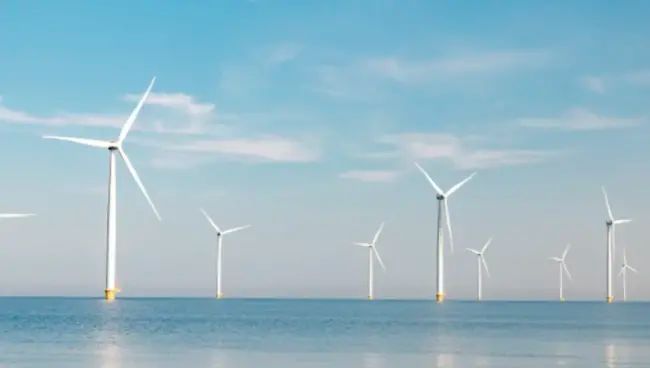
- Higher costs – It is more expensive to manufacture, install, and maintain turbines offshore.
- Challenging conditions – Accessing offshore turbines can be difficult due to weather and sea conditions.
- Environmental concerns – Offshore wind projects raise concerns about effects on marine life and ecosystems.
- Immature technology – Offshore wind is a newer industry with some uncertainties.
Wind Energy Storage
One challenge with wind energy is that it can be intermittent and variable. When the wind is not blowing, electricity generation stops. Therefore, methods for storing wind energy are important for utilizing it as a stable power source.
Several techniques exist to store excess wind energy for later use when wind conditions are low. One approach is to use large batteries to store electricity. Grid-scale lithium-ion batteries can act as reservoirs, charging when excess energy is available and discharging when needed. Battery storage allows captured wind energy to be used on demand.
Another storage method is pumped hydroelectric storage. This involves pumping water uphill into a reservoir when wind generation exceeds demand. Then when electricity is needed, the water can be released downhill to turn hydro turbines. Pumped hydro allows large amounts of energy storage at low cost.
Compressed air energy storage is a third approach. Excess electricity is used to compress air in underground geologic formations or containers. The compressed air can later be heated and expanded to drive turbines. This is another large-scale way to store wind energy for high-demand periods.
Overall, pairing wind farms with energy storage techniques improves the flexibility and reliability of wind power. By banking excess generation for later use, storage helps overcome wind’s variability.
Wind Energy Transmission
The variability and remote location of many wind farms presents challenges for transmitting the generated electricity to the power grid. Wind power needs to be transported over large geographical regions to connect windy locations with population centers that require electricity.
One solution is to build new high-voltage direct current (HVDC) transmission lines that can efficiently carry large amounts of power over long distances. These lines convert AC from the wind farm to DC for transmission, then back to AC for the grid. Investments in transmission infrastructure allows captured wind energy to be used anywhere, not just locally.
Upgrading the grid with smart grid technology also enables better management of intermittent wind power. Advanced forecasting of wind output combined with rapid communication enables grid operators to integrate more wind power and match supply with demand. Energy storage techniques like batteries and pumped hydro help smooth out wind’s variability.
While expanding transmission has costs, the investments are worthwhile given wind power’s environmental and economic benefits. Improved grid connections allow ideal windy regions to be utilized fully, reducing the need for more expensive local power generation. Overall, advancing transmission infrastructure is key to unlocking wind power’s immense potential.
Cost of Wind Power
The cost of generating electricity from wind power has declined dramatically in the past decade, making it one of the most affordable and competitive energy sources available today. The levelized cost of energy (LCOE) for new wind power projects is estimated to range between $28-$54 per megawatt-hour (MWh). This is significantly lower than the LCOE for coal ($65-$150 per MWh) and natural gas ($41-$74 per MWh).
There are two main components that make up the total cost of wind power – the upfront capital costs of installing the wind turbines, and the ongoing operations and maintenance costs. The upfront capital costs account for most of the total lifetime costs. However, these costs have fallen by between 10-20% over the last decade as wind turbine technology has improved. The operations and maintenance costs tend to be relatively low for wind power at around $10-$17 per MWh. Overall, wind is one of the most cost-competitive sources of renewable energy available today.
Environmental Benefits of Wind Power
One of the biggest advantages of generating electricity from wind power is its ability to greatly reduce carbon emissions and pollution. Unlike fossil fuel power plants that burn coal, gas or oil, wind turbines produce energy without emitting greenhouse gases like carbon dioxide or other pollutants into the atmosphere.
According to the U.S. Environmental Protection Agency, the amount of carbon dioxide emitted per kilowatt hour of electricity generated from wind power is a tiny fraction compared to that from fossil fuel power plants. Coal power plants emit between 0.9 and 1.2 pounds of carbon dioxide per kilowatt hour while natural gas power plants emit between 0.6 and 0.7 pounds. In comparison, utility-scale wind turbines produce only 0.02 to 0.04 pounds of carbon dioxide per kilowatt hour of electricity generated.
This means that rapidly scaling up wind energy can play a major role in reducing greenhouse gas emissions and mitigating climate change. Studies have found that generating just 20% of U.S. electricity from wind could reduce carbon dioxide emissions from the power sector by 25%. In addition, wind turbines do not emit air pollutants like sulfur dioxide, nitrogen oxides and particulate matter that can cause smog, acid rain, respiratory illness and premature death.
By displacing electricity generation from fossil fuel power plants, wind energy reduces emissions of these harmful pollutants. The U.S. Department of Energy estimates that in 2020 alone, wind power avoided 198 million metric tons of carbon dioxide emissions. That’s equivalent to taking over 43 million cars off the road for a year.
Limitations of Wind Power
While wind energy offers many benefits, it also has some limitations that need to be considered:
Intermittency: The wind does not blow consistently, which means wind turbines do not generate electricity all the time. The power output from wind farms can go up or down dramatically in a short period of time based on wind speeds. This intermittency poses challenges for integrating large amounts of wind power into the electric grid. Additional energy storage or backup power sources are often needed to ensure reliability.
Land use: Wind farms require large areas of land, as individual wind turbines need to be spaced apart to maximize efficiency. The turbines, access roads, and other infrastructure can disturb natural habitats. There are also concerns about the visual impact of wind farms on landscapes. Careful wind farm siting is required to minimize environmental impacts.
Effects on wildlife: The spinning blades of wind turbines can injure or kill birds and bats that fly into them. Appropriate turbine design and siting can help mitigate these risks. There are also potential habitat disruption issues, especially for endangered species. Proper environmental impact assessments are necessary.
Future of Wind Energy
Wind power is projected to see tremendous growth in the coming decades. According to the U.S. Department of Energy, wind energy could provide over 10% of the nation’s electricity by 2020, 20% by 2030, and 35% by 2050. Other countries are also ramping up wind power capacity, with China aiming for over 200 gigawatts of wind capacity by 2030.
Several key innovations are helping drive this growth and improve the efficiency of wind turbines. Larger turbines with taller towers and longer blades can capture more wind energy. Advanced materials like carbon fiber make blades lighter and stronger. Improved gearboxes and generators also boost efficiency. And smarter control systems and sensors are optimizing the performance of turbines.
Floating offshore wind farms that can access stronger and more consistent offshore winds are also emerging as an important trend. Companies are developing different floating platform designs to support turbines. In the future, wind farms may even be able to transmit power back to land using underwater high voltage direct current cables.
The cost of wind power is expected to continue falling as technology improves. With the combination of government incentives, technological innovations, and increasing scale, the future is bright for wind energy to keep growing as a renewable energy source.

